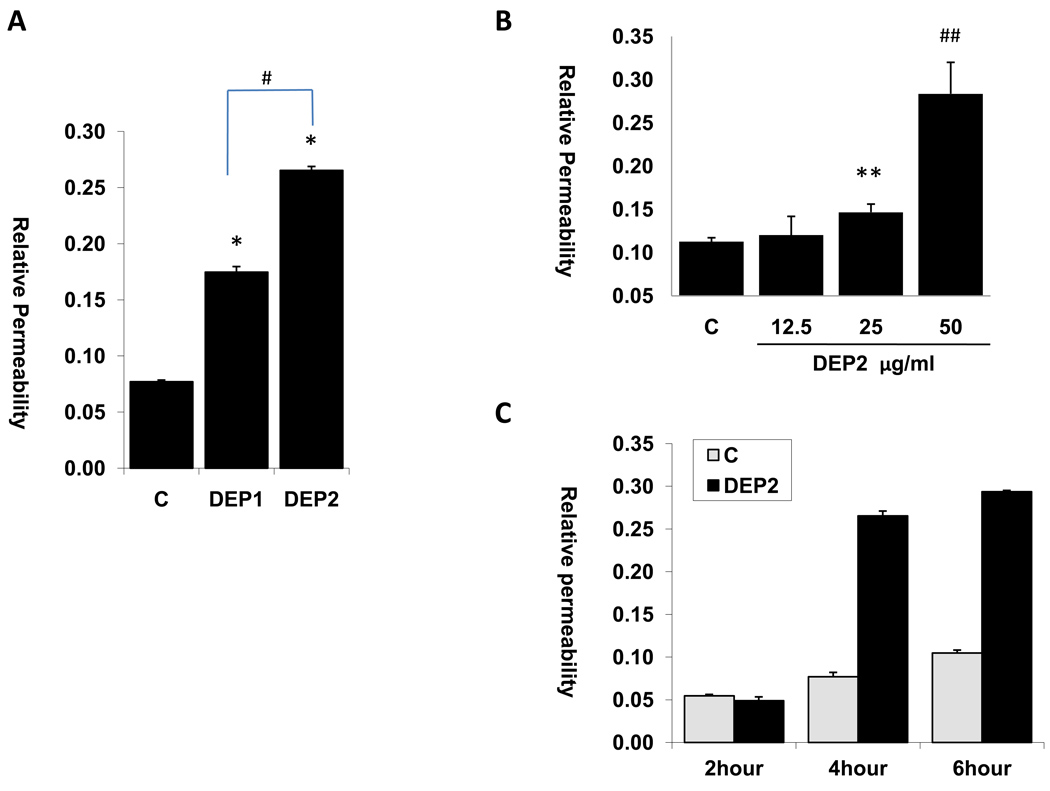Fig.1. DEP increased the permeability of endothelial cells.
(A) HAEC cells were grown to confluence in transwell to form an endothelial monolayer. The cells were then treated with or without 50ug/ml DEP1 or DEP2 for 4 hours in the presence of 1ug/ml of Streptavidin-HRP. HRP activity from the bottom well was measured as the permeability of endothelial cells. (* vs. control, n=3, p<0.01; # DEP2 vs. DEP1, n=3, p<0.01). (B) Dose effect of DEP2 on HAEC permeability: HAEC were treated with indicated dose of DEP2 for 4 hours and HRP activity was measured as the permeability of endothelial cells. (n=3, ** vs. control, p<0.05; # # vs. control, p<0.01). (C) Time effect of DEP2 on HAEC permeability: HAEC were treated with 50ug/ml dose of DEP2 for 2, 4 and 6 hours, and HRP activity was measured as the permeability of endothelial cells. (C =Control)

